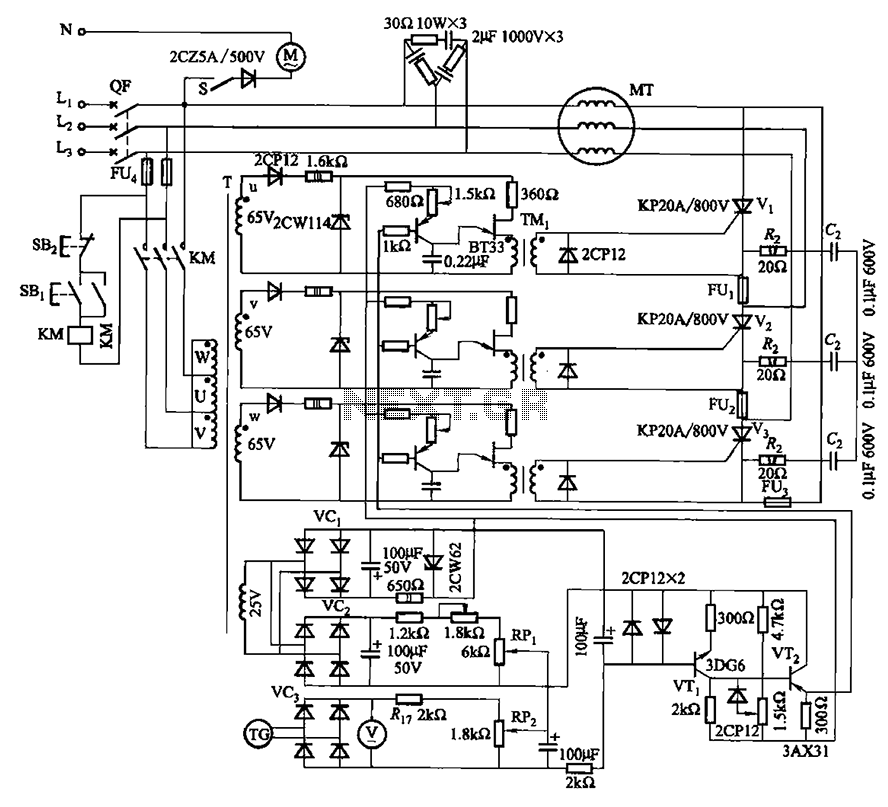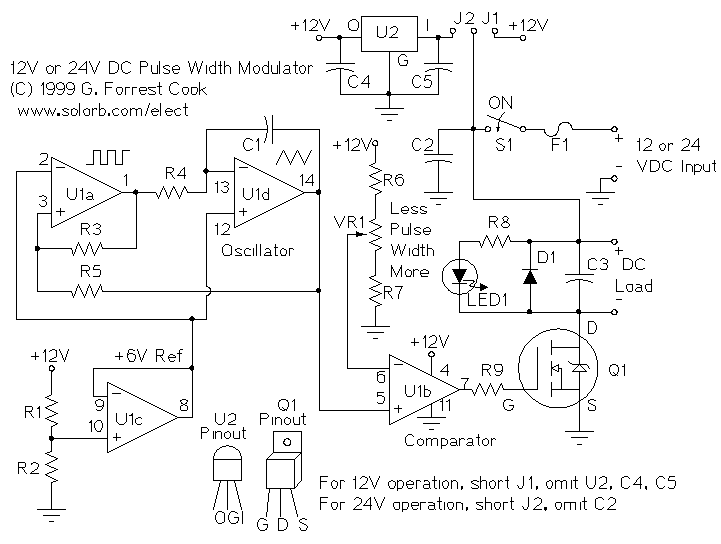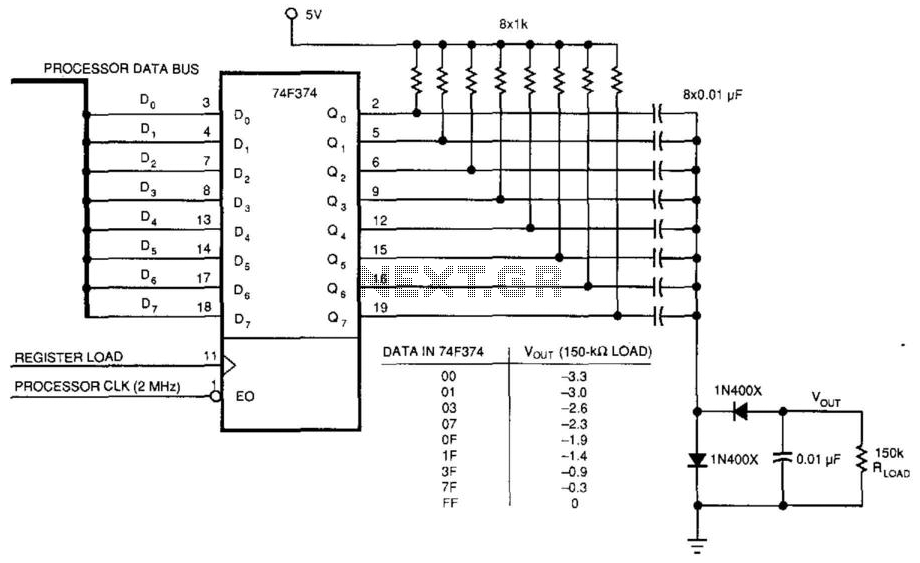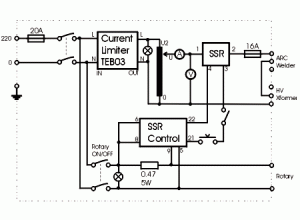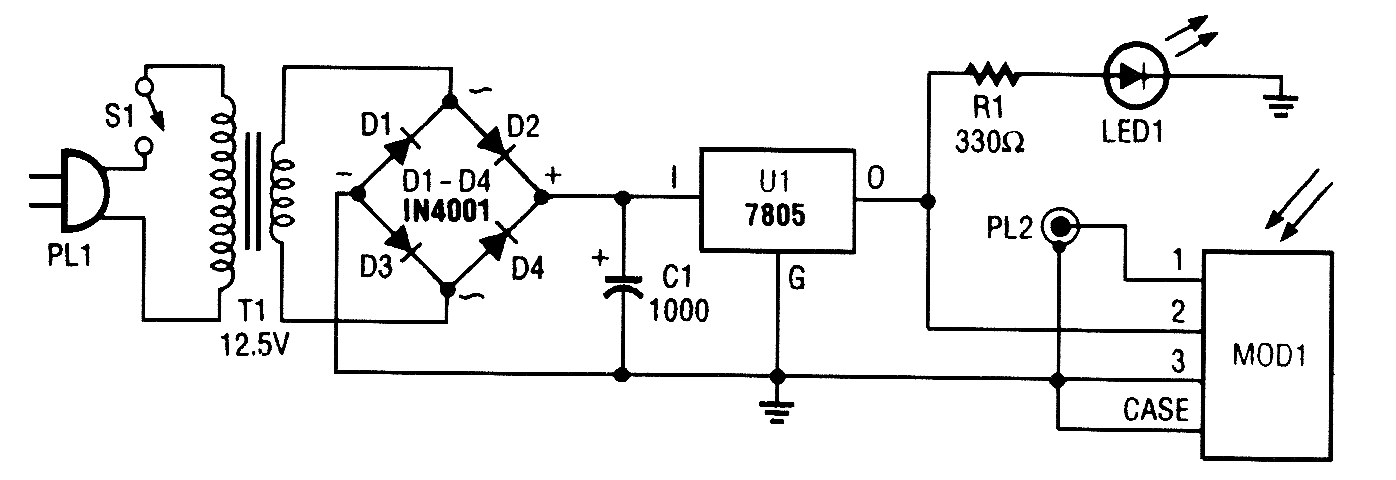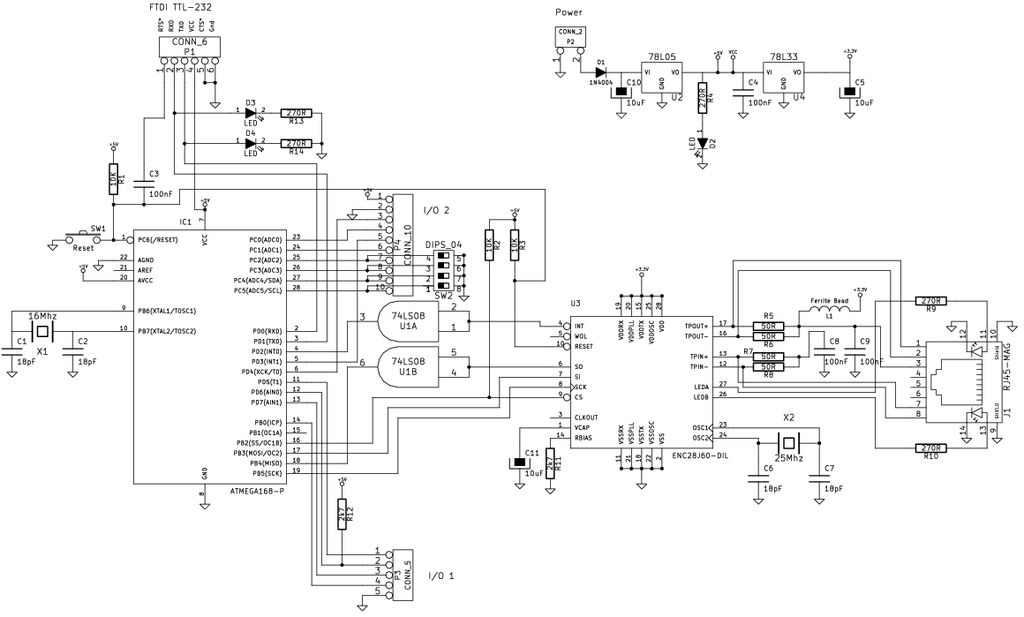
Bathroom Deoderizer Control
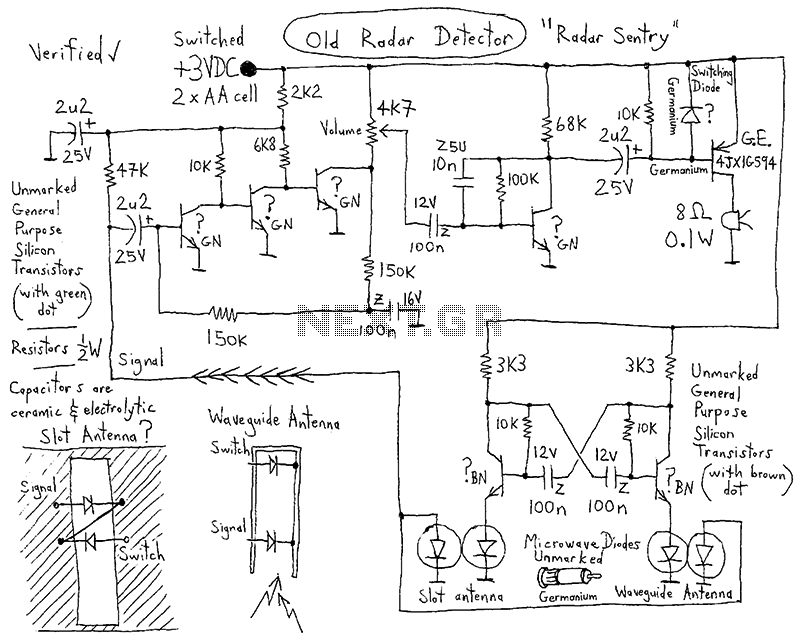
This device features a small DC motor fan situated above a container filled with deodorant liquid or gel, powered by a D cell battery. A photocell is integrated to deactivate the fan in low light conditions. An LED indicator flashes to signify that the battery is functioning properly.
The circuit design incorporates a DC motor, which serves as the fan, ensuring effective dispersion of the deodorant. The motor is connected to a power source, specifically a D cell battery, providing the necessary voltage and current for operation. The photocell, or light-dependent resistor (LDR), is strategically placed to monitor ambient light levels. When the light intensity falls below a predetermined threshold, the photocell sends a signal to a transistor or relay that interrupts the power supply to the motor, effectively turning off the fan and conserving battery life.
An LED is included in the circuit as an indicator for battery status. This LED is connected in parallel with a resistor to limit current and prevent damage. When the circuit is powered, the LED will flash if the battery voltage is above a certain level, indicating that the battery is in good condition. If the battery voltage drops below this level, the LED will not flash, serving as a visual cue for the need to replace the battery.
The overall schematic may include additional components such as capacitors for smoothing out voltage fluctuations, and diodes for reverse polarity protection, ensuring the reliability and longevity of the device. The integration of these components allows for efficient operation while maintaining user safety and convenience.This is the type that has a little DC motor fan positioned above a small container containing a deoderant liquid or jelly, and runs off a D cell. The photocell turns off the fan when it gets dark. The LED flashes if the battery is good. 🔗 External reference
The circuit design incorporates a DC motor, which serves as the fan, ensuring effective dispersion of the deodorant. The motor is connected to a power source, specifically a D cell battery, providing the necessary voltage and current for operation. The photocell, or light-dependent resistor (LDR), is strategically placed to monitor ambient light levels. When the light intensity falls below a predetermined threshold, the photocell sends a signal to a transistor or relay that interrupts the power supply to the motor, effectively turning off the fan and conserving battery life.
An LED is included in the circuit as an indicator for battery status. This LED is connected in parallel with a resistor to limit current and prevent damage. When the circuit is powered, the LED will flash if the battery voltage is above a certain level, indicating that the battery is in good condition. If the battery voltage drops below this level, the LED will not flash, serving as a visual cue for the need to replace the battery.
The overall schematic may include additional components such as capacitors for smoothing out voltage fluctuations, and diodes for reverse polarity protection, ensuring the reliability and longevity of the device. The integration of these components allows for efficient operation while maintaining user safety and convenience.This is the type that has a little DC motor fan positioned above a small container containing a deoderant liquid or jelly, and runs off a D cell. The photocell turns off the fan when it gets dark. The LED flashes if the battery is good. 🔗 External reference
